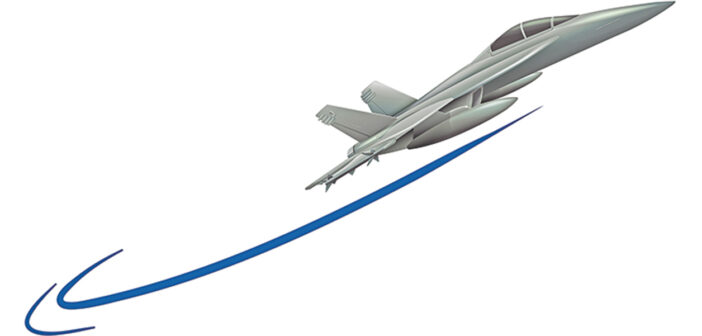Since adolescence, much of Ron Staley’s life has been about making old things new again, bringing them back to life and restoring them to their former glory.
And oh, where that passion for restoration and renewal has taken him!
It all began in the early 1970s as Staley entered his teen years in Montrose and became enthralled by most things with a motor. He spent countless hours riding motorcycles and snowmobiles and, as he got older, driving and tinkering with cars. During high school, one of his biggest thrills was restoring a 1934 Ford Model A Street Rod.
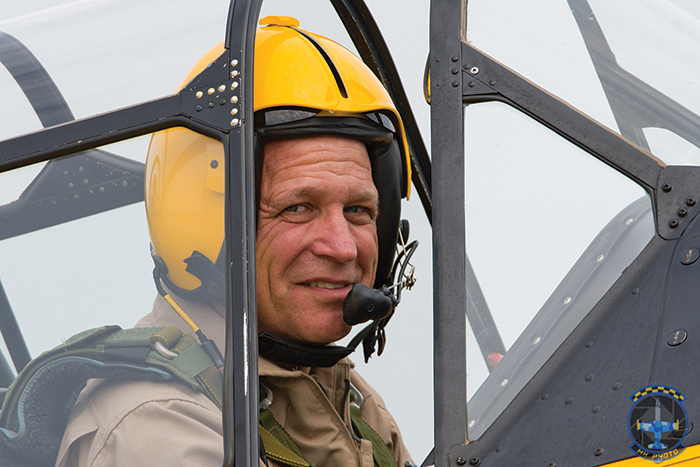
After earning civil engineering and business administration degrees from Michigan Tech University, Staley began a construction career in 1980 and, seven years later, was named project manager when his employer, Lansing-based Christman Company, was tapped for a six-year renovation of the Michigan State Capitol building.
When restoration was completed in 1992, the Capitol was named a National Historic Landmark and the project forever changed the trajectory of Staley’s career.
Now a senior vice president for Christman, he has overseen numerous renovations of major historical buildings and landmarks since, including work on the United States Capitol, the state capitols of Virginia, Maryland and Nebraska, Fort Mackinac, the Henry Ford Estate in Dearborn and the Abraham Lincoln Cottage in Washington, D.C.
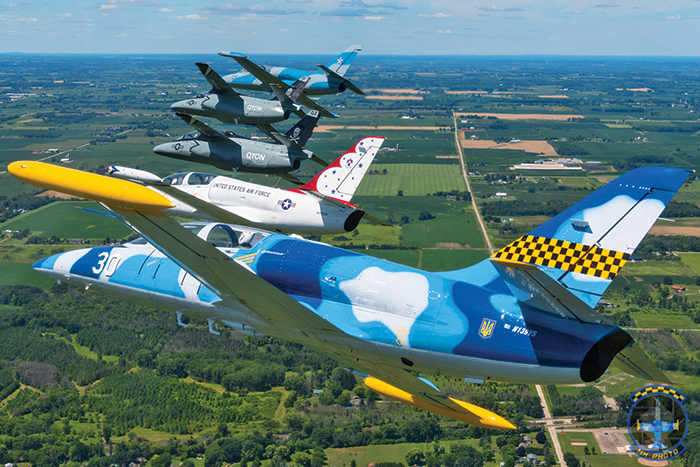
Closer to his hometown, Staley has been a part of work on The Whiting, Applewood Estate and the Capitol Theatre for which Christman received the 2017 Governor’s Award for Historic Preservation.
Meanwhile, his love of classic automobiles continued into adulthood with Staley often displaying his rebuilt beauties at car shows. Eventually, however, he began seeking a new motor-driven hobby. “I’ve always loved working on motors, but started thinking, ‘how many cars can I build?’,” recalls Staley, who now lives in Brighton. “My (two) kids had moved out and into adulthood. It seemed like the perfect time to find something else to do in my free time.”
“Air shows are entertainment, but also serious business and pilot safety has to come above all else.”
Ron Staley
A friend suggested flying and, in 1999, Staley began the process of taking flight. The opportunity to experience the roar of a different kind of engine up close was too strong to resist.
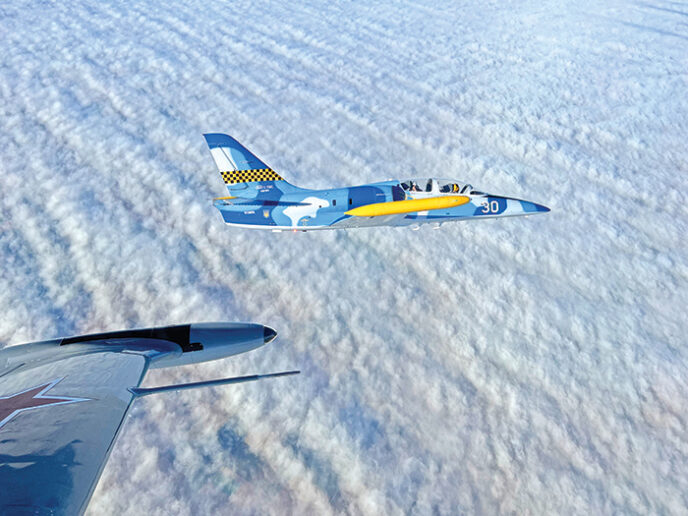
“I just wanted to get into those engines and love the sound of a jet in flight,” he says. “Flying soon became my new favorite form of recreation. Along with the camaraderie I’ve developed with other pilots, I’ve also loved flying in formation as a team. It’s a team sport in that way as everyone must perform their role just about perfectly for success.”
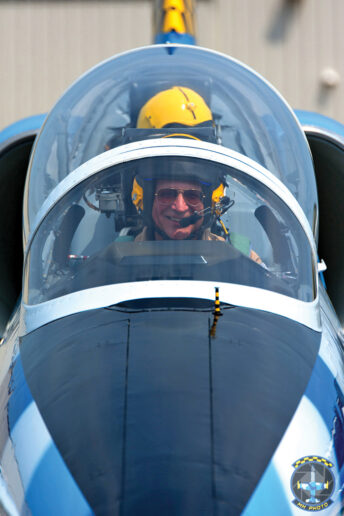
Yes, learning to fly led to flying in air shows. And, of course, Staley has done so in older planes he has worked on, or overseen the work on, to truly make them his own.
After obtaining his pilot’s license, Staley flew a Cessna 182 for about three years before purchasing a World War II-era North American T-6 Advanced Trainer in 2003. Such planes are classified as warbirds, referring to vintage military aircraft operated by civilian organizations and individuals and frequently used in air shows.
“Flying the T-6 was like flying a piece of history with a wonderful-sounding engine,” Staley beams.
Following extensive training, Staley eagerly climbed into the cockpit of his T-6 to fly in his first air show in Jackson in 2004. “They made me stay about 500 feet behind the guys flying formations, but I still felt on top of the world,” he remembers. “I understood the position I needed to fly in. Air shows are entertainment, but also serious business and pilot safety has to come above all else.”
“I’ve loved flying in formation as a team. It’s a team sport in that way, as everyone must perform their role just about perfectly for success.”
Ron Staley
After 50 hours of flight time in air shows as a wingman, Staley began training to become a lead flyer and earn his Formation and Safety Team (FAST) card from the Federal Aviation Association. Keeping the card requires him to pass a yearly review flight with an FAA examiner.
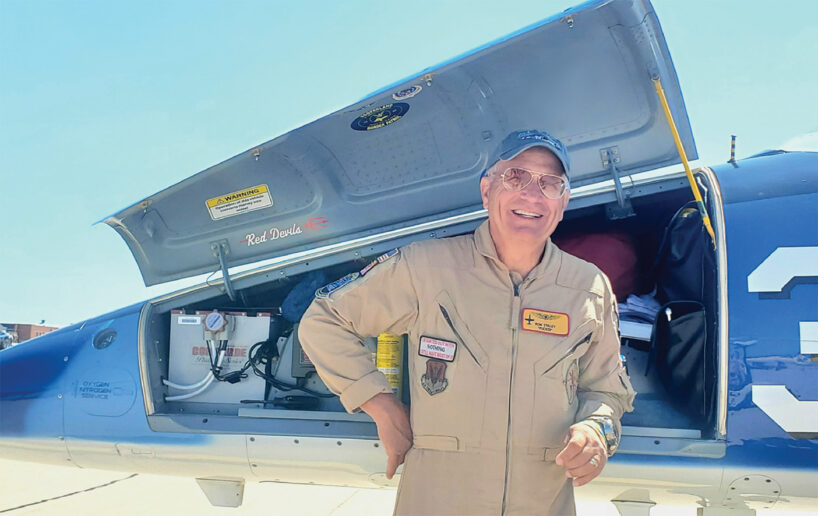
In 2010, Staley added another military aircraft to his collection – a 1981 Aero L-39 Albatros. It’s a jet trainer that was produced in the former Czechoslovakia for the Soviet Union Air Force during the Cold War. The jet was based in Ukraine.
“I emphasize to people that the L-39 is a Ukrainian aircraft, not a Russian or Soviet one,” he says. However, the plane was still painted with Soviet military markings when Staley purchased it from a Salt Lake City man.
“After the Cold War, these types of planes wound up with private sellers in the former Soviet Bloc of nations and, for about $50,000, people could purchase them and the planes would be shipped over in a few different pieces,” Staley explains.
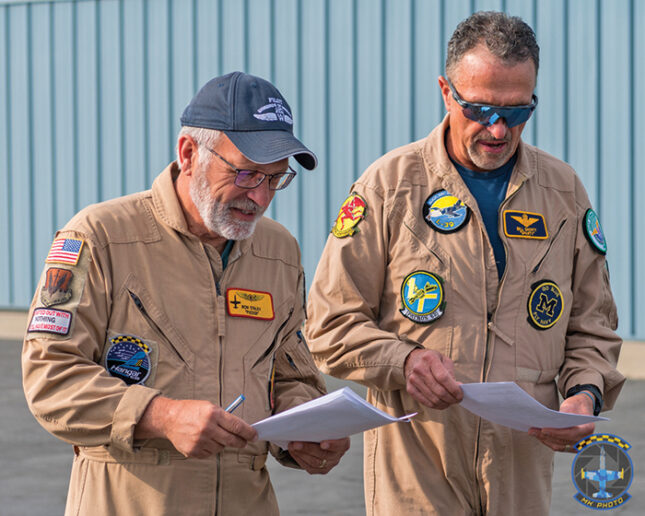
“Ron is a very professional pilot,” says William Shortt. “I enjoy flying with Ron because I like being held to a high standard.”
The L-39 became Staley’s latest personal refurbishment project. He found a company in Alabama willing to make his vision for the jet a reality.
“There was one Ukrainian flag on it, but I had them strip everything Russian off of it,” he says. “The exterior was redone with colors of Ukraine and the Royal Thai Air Force because they used it, as well.”
With work on the plane complete, including wingtips painted in yellow, Staley was ready to show off his new toy and aviation aficionados took notice. In 2011, it received the Best L-39 award at the prestigious AirVenture aircraft show in Oshkosh, WI. The next year, it received the show’s Preservation Award.
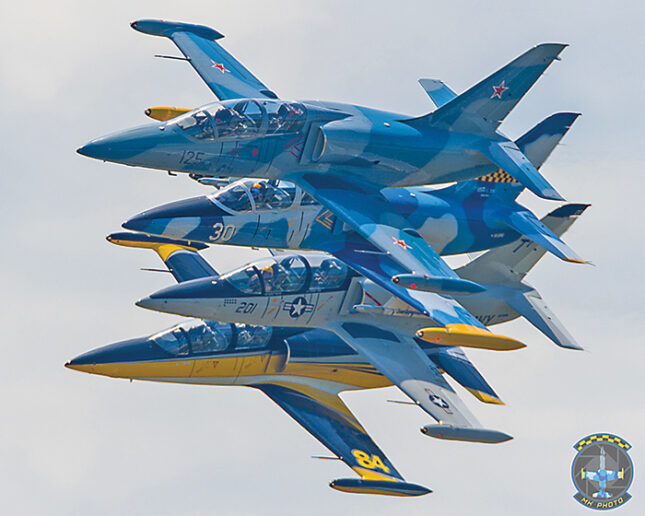
Staley has been showcasing what his L-39 can do in air shows ever since, perhaps none more thrilling than the Wings Over Flint event at Bishop Airport in June with his Czech-Mate Jet Team. It was Genesee County’s first air show in more than 30 years.
The L-39 can reach speeds of more than 400 miles per hour but flew closer to 300-mph for the show, pulling in four to five G-forces. The team spent about 20 total hours perfecting its routine over Alma and conducted a warmup flight over the area the morning of the show.
“I was really excited Flint brought back an airshow and the morning flight was thrilling too,” says Staley, who does about two airshows a year in addition to flyover events and demonstrations. “It does not get more exciting than flying over the places you grew up around. The biggest thrill during that was flying over Montrose and seeing a group of people sitting on a hill in the cemetery watching us.”
Among those appreciating Staley’s attention to detail and safety is fellow Czech-Mate member William Shortt, whom Staley helped become qualified to fly in shows.
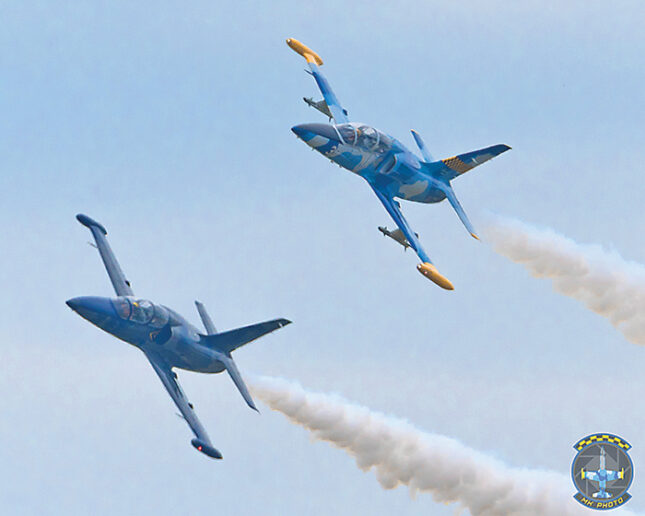
In June, Ron Staley flew his 1981 Aero L-39 Albatros (top) in the Wings Over Flint airshow with fellow Czech Mate Jet Team pilot, William Shortt. It was Genesee County’s first air show in more than 30 years.
“When you fly in formation, your life literally depends on the lead aircraft and Ron is a very professional pilot,” Shortt says. “He doesn’t cut corners, trains constantly, and is very good at self-evaluation to be certain he is doing everything right. I enjoy flying with Ron because I like being held to a high standard.”
Wings Over Flint won’t be Staley’s only local appearance this year. He returns August 19 with his other vintage military plane – a 1953 Beechcraft T-34A Mentor. Staley and three other pilots, including Bruce Koch of Goodrich, will conduct a flyover during Back to the Bricks.
The T-34 was used as a trainer aircraft by the U.S. Air Force during the 1950s. Staley purchased it after selling his T-6 in 2017.
As for his day job, Staley is overseeing the finishing touches of Christman Company’s biggest restoration project to date: a $740-million renovation of Detroit’s Michigan Central Train Depot for Ford Motor Company which purchased the property in 2018.

Staley, the 2020 recipient of Wayne State University’s Mike Ilitch School of Business Michigan Executive of the Year Award, lists the Lincoln Cottage, author Earnest Hemingway’s former home in Cuba, and the Virginia State Capitol among his most memorable projects.
The completion of Virginia Capitol renovations in 2007 coincided with Queen Elizabeth’s visit to the state to mark the 300th anniversary of the first British settlement in America at Jamestown. The Queen met with Staley and members of his team.
The Lincoln Cottage, about two miles from the White House, served as a retreat for the 16th President and is where he wrote the Emancipation Proclamation which freed slaves in America.
“It was very humbling and awe-inspiring standing in the building looking at all the artifacts, ” Staley says. “Lincoln was right there, writing one of the most important documents in history.”
When it comes to flying, Staley is not in it for glory. “I don’t fly for the adrenaline rush, but for the great sense of accomplishment it brings,” Staley says. “I’ll pass on flying upside down, low to the ground at 200 miles per hour. What I’ll always love about flying is the challenge of learning to pilot different aircraft and working closely with a team to perfect a great and safe airshow.”

